Green roofs are growing in popularity across Europe and North America. There have been many prominent new projects with green roofs, as well as new by-laws, policies and initiatives by cities to encourage or enforce their use on new builds.
But because green roofs are so popular and bring some badly needed nature to our grey, concrete-heavy urban spaces, their downsides are often overlooked until problems arise.
Fortunately, most of the downsides can be mitigated or eliminated with careful monitoring and predictive maintenance – both things that the Internet of Things (IoT) and smart sensor technology are perfectly positioned to offer this innovation of modern building design.
In this article, we’ll cover some general background on green roofs and why they're growing in popularity. Then we’ll focus on the significant drawbacks, followed by how these disadvantages can be offset through the IoT.
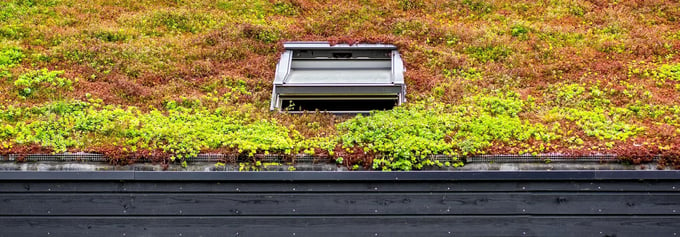
What are green roofs, and why are they so great?
A green roof, in the broadest sense, is any roof designed to support the growth of plant life. More specifically, there are two main types of green roofs:
- Extensive: A relatively thin layer of soil or other growing material, usually populated with either naturally seeding plants, or those that require little to no upkeep, such as grasses or moss. These are the lightest kind.
- Intensive: A heavier green roof with soil supporting much larger plants, like trees. They can serve as parks, productive gardens and homes for urban wildlife. These generally require constant upkeep and maintenance.
All green roofs have various layers beneath the soil that protect the building, including drainage, insulation, a vapor barrier, and a barrier that protects the structure from root damage. In addition, some green roofs might include bodies of water like a pond.
Why choose a green roof? Benefits associated with green roofs include:
Overall, green roofs have a distinct advantage over conventional roofs, and counteract some of the worst features of living and working in a dense urban environment.
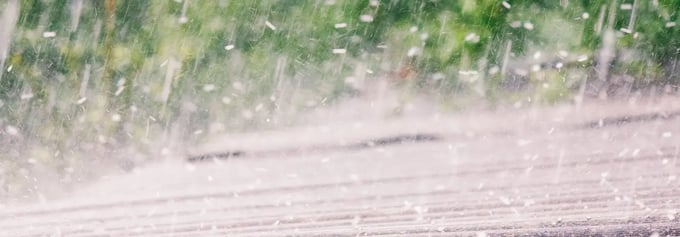
What are the disadvantages of green roofs?
Despite all the benefits of green roofs, they're not without their drawbacks:
Higher initial capital cost
While there is no single authoritative answer to the question of how much more a green roof costs vs. a conventional roof, there is no question that it invariably will cost more to install. You must install additional materials and structures to support, drain and protect the building. Estimates vary, but we’ve found figures between 40% more up to double the cost of a conventional roof, depending on whether it's an intensive or extensive green roof.
However, there is much evidence that green roofs are cost-saving in the long run. They last longer: 35 - 40 years. They can save on energy usage and provide superior insulation over a conventional roof. They also may give small, but difficult-to-cost benefits – improved air quality reduces negative health outcomes, and they can serve as tiny but productive carbon sinks.
Requiring more maintenance than a conventional roof
This applies more to intensive green roofs, but as with any park or garden, they require more upkeep than a conventional roof – think fertilization, pruning, irrigation and weeding. And while in the long-term, the labor might pay for itself, it doesn’t stop the fact that this will be essential work, as failure to maintain the roof may lead to damage.
Relatively heavy vs conventional roofs
Structural considerations come with putting hundreds, if not thousands, of pounds of soil and plants on the top of a building. There’s also all the water the roof can hold. So structural integrity should be given special consideration if you’re looking to replace an existing roof with a green one.
Vulnerability to leaks
This disadvantage of green roofs is perhaps the most significant. Roofs, particularly flat roofs, leak all the time. Adding soil and plants that will work to retain water on top of a building makes green roofs especially prone to leaks. Furthermore, the complex, multi-layered base that a green roof sits on makes it especially difficult to find the source of a leak.
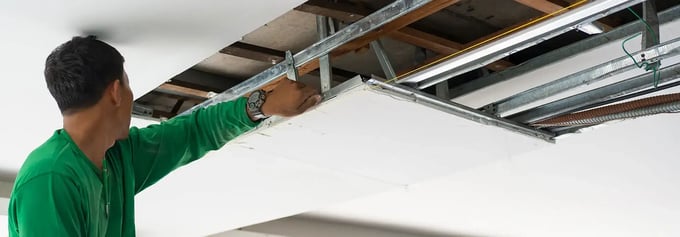
How the Internet of Things supports green roofs
Monitoring any kind of green infrastructure isn’t easy, and green roofs are no different.
However, the development of wireless sensor technology and the ability to remotely manage something like a green roof has never been easier. There are several kinds of sensors used by IoT systems that can serve to minimize three of the four disadvantages we noted above.
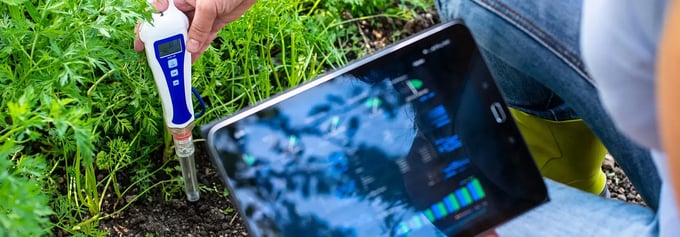
Sensors that maximize maintenance efficiency
While maintenance of a green roof, especially an intensive one, is unavoidable, there are several tools that the IoT offers to keep a close eye on the health of your roof and identify where and when upkeep is needed. For example, you can use soil moisture and pH sensors to monitor the health of your roof’s growing medium. You also use simple tools like thermometers and wireless rain gauges to check how much irrigation your green roof needs.
Sensors that monitor structural integrity
While IoT technology for structural health monitoring (SHM) is typically associated with large public works like dams or bridges, it can be used equally effectively for monitoring your commercial building. You can use an SHM that not only checks for signs of sagging or structural fatigue, but you can have a system that uses machine learning to predict when work needs to be done.
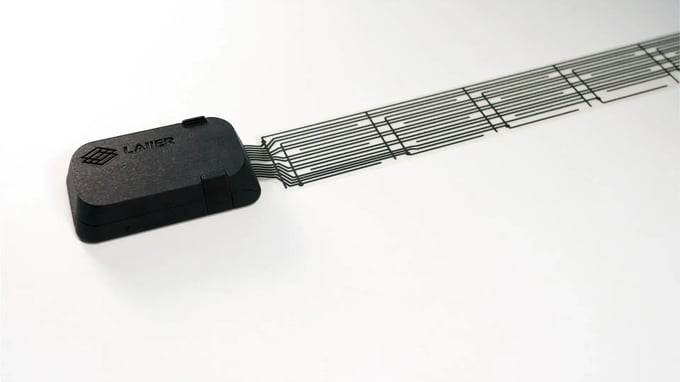
Sensors that monitor leaks
Lastly, we have water leak sensors that monitor your green roof for water leaks. Given that leak from a green roof will happen eventually, smart water leak detectors are almost essential to predict whether and when a leak will occur, but it also gives you an early warning if a leak is starting.
This is also where we at LAIIER have expertise – our Severn sensors are specifically designed for use cases like green roofs. We use a thin form factor in our sensors that can be deployed within the layers of a green roof.
This allows you to install sensors like ours in the ceiling below your roof, warning you if even a tiny leak occurs. But you can also deploy sensors further up in the insulation or moisture protective barriers you install within your green roof. This way, they can alert you when there’s water seeping in and take action to repair your green roof long before it actually leaks into your building.
Interested in learning more?
Check out Severn WLD, then get in touch to book a demo.